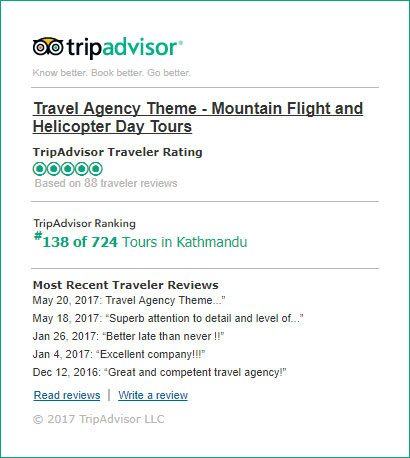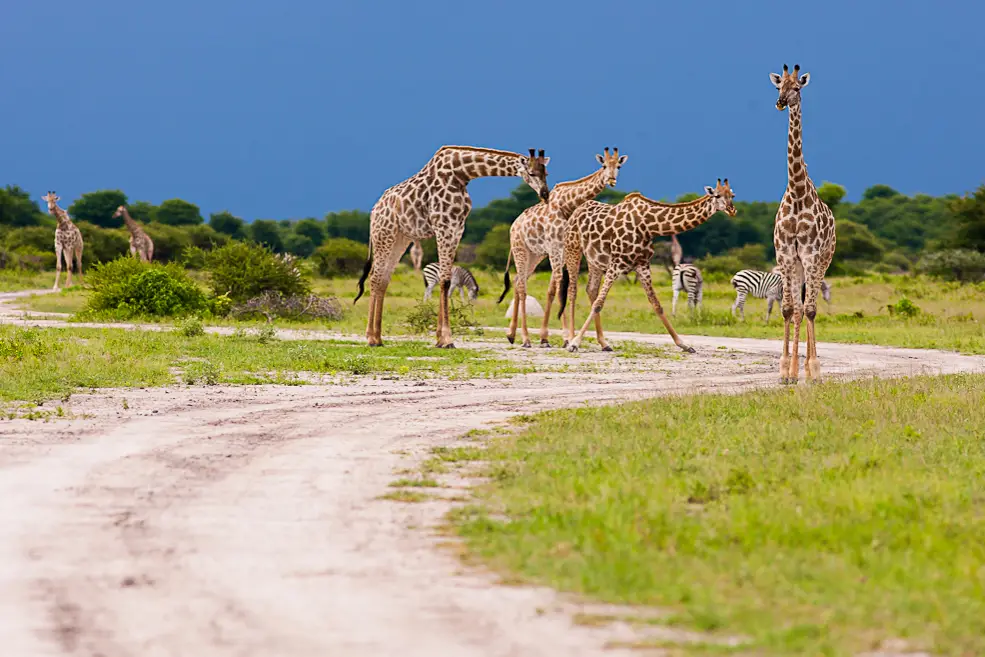Grizzly Bear Viewing
Incredible Bear and Wildlife Experiences
Small Group Tour
May to October
4 or 7 Nights
Accommodation: hotel and specialist bear-viewing lodge
All inclusive
Note that although other bear viewing lodges are available, Great Bear Lodge is one of our favourites due to it’s small size and highly personal experiences.
It is particularly well suited to photographers and family groups who can book out the whole lodge if they wish.
Due to it’s fabulous location and reputation you should consider booking from over a year in advance, especially for peak season (Spring and Autumn)
➤ Bear Viewing Seasons – Spring
Spring on the estuary is a beautiful time of the year. The mountaintops are still snow covered and the valley bottoms are cloaked in the fresh green of spring.
The valley bustles with animal activity as they all take advantage of the season of growth and renewal.
The bears are feeding on the sedges and other plants of the estuarine grasslands. It is also the mating season for the bears, which often occurs near the estuary.
On sunny days, this can be an excellent time for photography. As we view from small boats, it is advisable to use a lens that can be handheld. A 200-300mm lens is usually manageable especially with a shoulder stock or monopod. However the light level can be quite low due to mountain shadows so faster film or digital cameras are a good idea.
Bird song and sightings tend to be most varied at this time of the year. Birds commonly seen are bald eagles, waterfowl, and passerines such as warblers seem to be everywhere.
Spring tours run from May 7 to June 29.
➤ Bear Viewing Seasons – Summer
During summer some bears are still feeding in the estuary as well as the vegetation along the lower river. They are also feeding heavily on berries and skunk cabbage at this time. These plants are common and widely distributed so we tend to have to look farther afield to find bears, which are no longer concentrated near the rich estuary.
Additionally the total numbers of individual bears seen is lower, and there is a possibility that guests may not see a bear during their stay in summer. During summer we mostly use boats for our wildlife excursions.
Summer can be a great time to see the new life of the Great Bear Rainforest. We will often see curious seal pups ignoring their mother’s signal that its time to move on, or common mergansers with a dozen or more ducklings trailing behind. Both tree swallows and barn swallows nest right on the lodge.
Humpback whales arrive in the area in July, and on occasion it is possible to see humpback whales from the lodge. This is our best weather season often with the water warm enough for swimming right from the lodge! For the courageous of heart, that is.
Then sometime in late July or early August, we spot a handful of coho salmon in the river. They are too fast and elusive for the bears. But with the passing days they continue to trickle in. In August bears begin to take notice though still few if any are caught. With a good rain in late August chum salmon arrive ready to spawn. That marks the beginning of autumn and the bear’s feeding frenzy.
Our summer season starts on June 30 and continues to August 19.
➤ Bear Viewing Seasons – Autumn or Fall
The salmon arrive in significant numbers sometime in late August, with their run peaking in September and October. Exact dates cannnot be predicted.
During the salmon run we see the largest number of bears for the year. The salmon run also attracts a great number of bald eagles, gulls, ravens, and other fish eating birds.
This is the best season for seeing cubs. The salmon run continues into December, however many bears begin to move towards hibernation by the end of October.
Each person has space in the platforms to set up a tripod in front of them for photography. If your goal is to get good photos, you should plan on using a minimum of 300mm in the 35mm format. Of course, 500-600mm lenses are better. If using digital cameras or video a zoom of 10X or greater will generally give you better photos. Typical viewing distance is 3-100 meters.
There is a possibility that our viewing sessions may move temporarily to boats during the autumn season, depending on the fish and the river. The fish can be concentrated in the lower river and estuary at times, such as early in the autumn season before rains allow them to travel up the river, or after big rainfalls.
There are five viewing platforms, such as the one above, built at the best fishing spots on the river. They are accessed from the lodge by our school bus, along a wilderness track. Some platforms are covered to keep you dry during rain, while others are open that you can feel immersed in the rainforest.
Our autumn season runs from August 20 to October 19.
➤ Bear Viewing
Two bear viewing sessions are scheduled each day at the lodge, one in the morning and one in the afternoon.
We tailor the sessions to the activities of the bears, observing them when they are most active in their chosen habitats.
Viewing blinds have been constructed with photographers in mind. They are comfortable and optimal places to shoot from. When the bears move from the river to the estuary, we view them from boats.
Guest safety is of utmost importance and our viewing program is organized using the protocols developed at McNeil River State Game Sanctuary on Alaska’s Kenai Peninsula. This management philosophy is consistent with our goal of safely viewing bears in a natural setting while eliminating or minimizing impact on them.
➤ Viewing Other Wildlife
Along with grizzly bears there is a chance to view other wildlife like wolves, black bears, river otters, pine martens, mink, harbour seals and bald eagles. Plus many, many birds.
Bear viewing areas are reached by a boat or bus ride from the lodge, which are opportunities to spot other wildlife in the area.
The bear-viewing program has been developed by Great Bear Lodge owner, Tom Rivest (MSc). As a professional guide and wildlife biologist he is well versed in bear behaviour as well as the natural history of this remarkable area.
➤ Bear Viewing Fitness and Age Requirements
There is no maximum age or great fitness requirement for bear viewing, although you should have a relative amount of fitness and flexibility/mobility due the need to climb on and off small boats, and into and out the the seaplane. Walks are optional but you should be able to walk short distances to the blinds along a short wilderness track.
Due to the nature of the trip and the small and intimate lodge ages of 15 and under would need special approval. However, it is possible for family groups to book out the entire lodge – there are 8 en suite rooms.
Ultimate Grizzly Bear Viewing Experience
An adventure like no other. You will stay in an exclusive bear-viewing lodge deep in the heart of the Great Bear Rainforest on the west coast of British Colombia.
The lodge is well established and is located in the heart of grizzly bear country. Along with daily trips to view bears, you will also get a chance to view other wildlife in this magnificent wilderness area on boat excursions and interpretive walks.
The trips vary in length with 4 and 7 night packages available.
Below is an example of a 4 night trip during the autumn (will vary depending on seasons, local conditions and wildlife movements):
*All photos courtesy of Great Bear Lodge
Highlights of Bear Viewing in a Small Eco-Lodge
- Two grizzly bear viewing sessions each full day PLUS extra sessions on your arrival afternoon and departure morning.
- Guided by a specialist wildlife biologist
- Other activities to learn about the Great Bear Rainforest - such as interpretive walks and boat excursions
- Comfortable and cosy lodge in remote, exclusive location - en suite rooms
- Highly personal - maximum 16 guests in the lodge at any one time
- Famous wilderness-gourmet meals with fresh local produce and complimentary wind and beer at meal times
- Nightly natural history presentations and discussions and welcome orientation by your guides
- Binoculars, rain gear and rubber boots (if required)
- Final night at the Kwa’lilas Hotel in Port Hardy
- Spectacular sea plane scenic flight each way over the coastal islands and fjords
- Specialist blinds designed for photographers ( the BBC filmed here)
- Eco-friendly lodge - wind and solar powered in solitary location (no other wildlife viewing operations in this area)
- Included First National Fee to support the local Gwa’sala-‘Nakwaxda’xw Nation
- BC Conservation Fee which means grizzlies are protected and research supported as no hunting allowed anymore in BC




Write a Review